
Rabbit Anti-BLM antibody
Blooms Syndrome Protein Blm; BLM; BLM_HUMAN; Bloom Syndrome; Bloom syndrome protein; Bloom syndrome RecQ helicase like; BS; DNA Helicase; DNA helicase RecQ like type 2; MGC126616; MGC131618; MGC131620; RECQ 2; RECQ like; RecQ like type 2; RecQ protein lik
View History [Clear]
Details
Product Name BLM Chinese Name Bloom综合征相关蛋白抗体 Alias Blooms Syndrome Protein Blm; BLM; BLM_HUMAN; Bloom Syndrome; Bloom syndrome protein; Bloom syndrome RecQ helicase like; BS; DNA Helicase; DNA helicase RecQ like type 2; MGC126616; MGC131618; MGC131620; RECQ 2; RECQ like; RecQ like type 2; RecQ protein like 3; RecQ Protein-like 3; RECQ-2; RECQ-Like; RecQ-like type 2; RECQ2; RECQL 2; RECQL 3; RECQL-2; RECQL-3; RECQL2; RECQL3; type 2. Research Area Cell biology Developmental biology Epigenetics Immunogen Species Rabbit Clonality Polyclonal React Species Mouse, Rat, (predicted: Human, Pig, Horse, Rabbit, ) Applications IHC-P=1:100-500 (Paraffin sections need antigen repair)
not yet tested in other applications.
optimal dilutions/concentrations should be determined by the end user.Theoretical molecular weight 159kDa Cellular localization The nucleus Form Liquid Concentration 1mg/ml immunogen KLH conjugated synthetic peptide derived from human BLM: 761-860/1417 Lsotype IgG Purification affinity purified by Protein A Buffer Solution 0.01M TBS(pH7.4) with 1% BSA, 0.03% Proclin300 and 50% Glycerol. Storage Shipped at 4℃. Store at -20 °C for one year. Avoid repeated freeze/thaw cycles. Attention This product as supplied is intended for research use only, not for use in human, therapeutic or diagnostic applications. PubMed PubMed Product Detail Bloom’s syndrome is an autosomal recessive disorder characterized by pre- and post-natal growth deficiencies, sun sensitivity, immunodeficiency and a predisposition to various cancers. The gene responsible for Bloom’s syndrome, BLM, encodes a protein homologous to the RecQ helicase of E. coli and is mutated in most Bloom’s syndrome patients. One characteristic of Bloom’s syndrome is an increased frequency of sister chromatid exchange (SCE). BLM has been shown to unwind G4 DNA, and a failure of this function is thought to be responsible for the increased rate of SCE. BLM is known to be translocated to the nucleus, where its ATPase activity is stimulated by both single- and double-stranded DNA. Mutations in the yeast SGS1, a homolog of BLM, are known to cause mitotic hyperrecombination similiar to that observed in Bloom’s cells.
Function:
Participates in DNA replication and repair. Exhibits a magnesium-dependent ATP-dependent DNA-helicase activity that unwinds single- and double-stranded DNA in a 3'-5' direction.
Subunit:
Part of the BRCA1-associated genome surveillance complex(BASC), which contains BRCA1, MSH2, MSH6, MLH1, ATM, BLM, PMS2 andthe RAD50-MRE11-NBS1 protein complex. This association could be adynamic process changing throughout the cell cycle and withinsubnuclear domains. Interacts with ubiquitinated FANCD2. Interactswith RMI complex. Interacts directly with RMI1 component of RMIcomplex. Interacts with SUPV3L1.
Subcellular Location:
Nucleus.
Post-translational modifications:
Phosphorylated in response to DNA damage. Phosphorylation requires the FANCA-FANCC-FANCE-FANCF-FANCG protein complex, as well as the presence of RMI1.
DISEASE:
Defects in BLM are the cause of Bloom syndrome (BLM) [MIM:210900]. BLM is an autosomal recessive disorder characterized by proportionate pre- and postnatal growth deficiency, sun-sensitive telangiectatic hypo- and hyperpigmented skin, predisposition to malignancy, and chromosomal instability.
Similarity:
Belongs to the helicase family. RecQ subfamily.
Contains 1 helicase ATP-binding domain.
Contains 1 helicase C-terminal domain.
Contains 1 HRDC domain.
SWISS:
P54132
Gene ID:
641
Database links:Entrez Gene: 641 Human
Entrez Gene: 12144 Mouse
Omim: 604610 Human
SwissProt: P54132 Human
SwissProt: O88700 Mouse
Unigene: 725208 Human
Unigene: 12932 Mouse
Product Picture
References (0)
No References
Bought notes(bought amounts latest0)
No one bought this product
User Comment(Total0User Comment Num)
- No comment
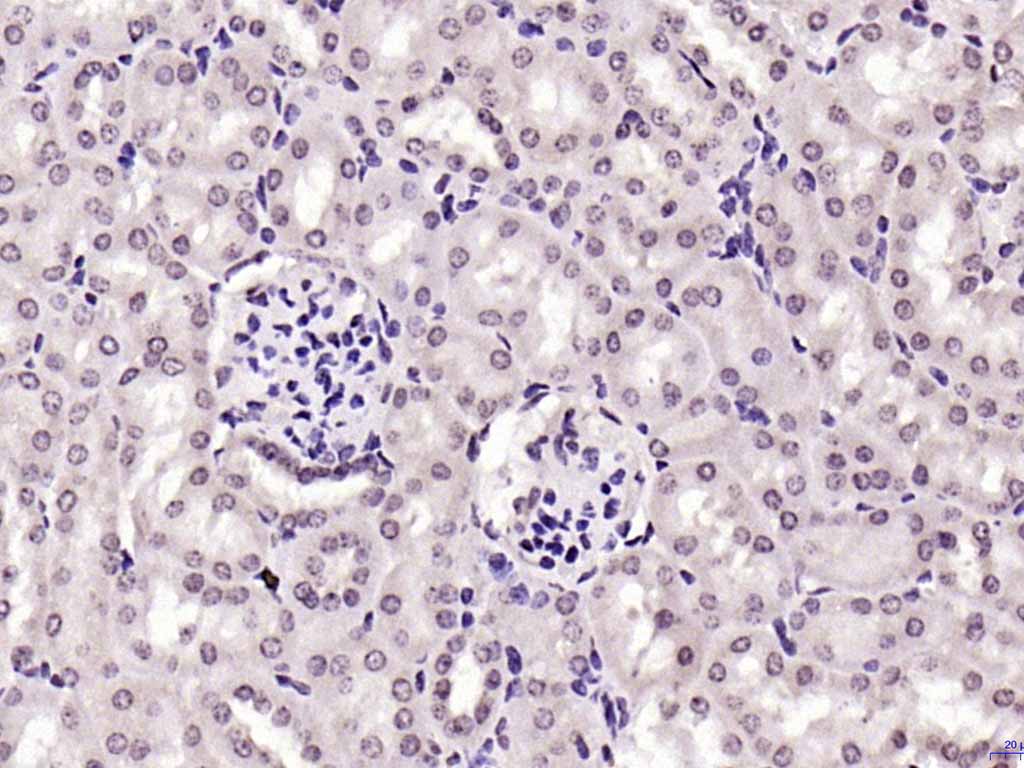
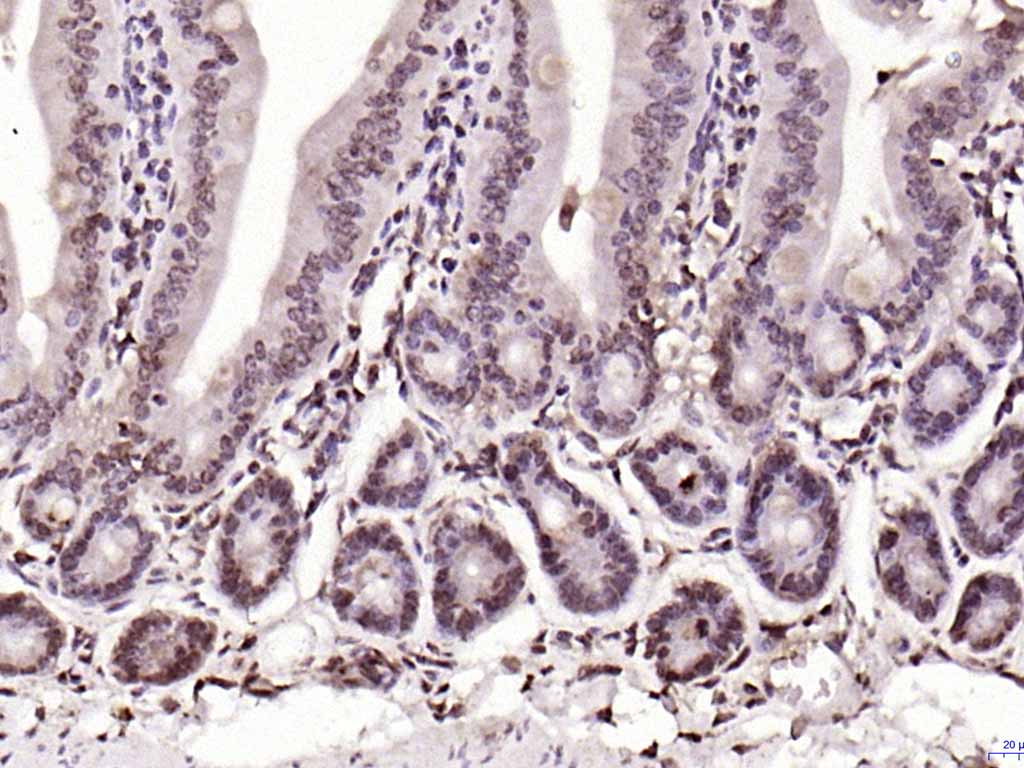
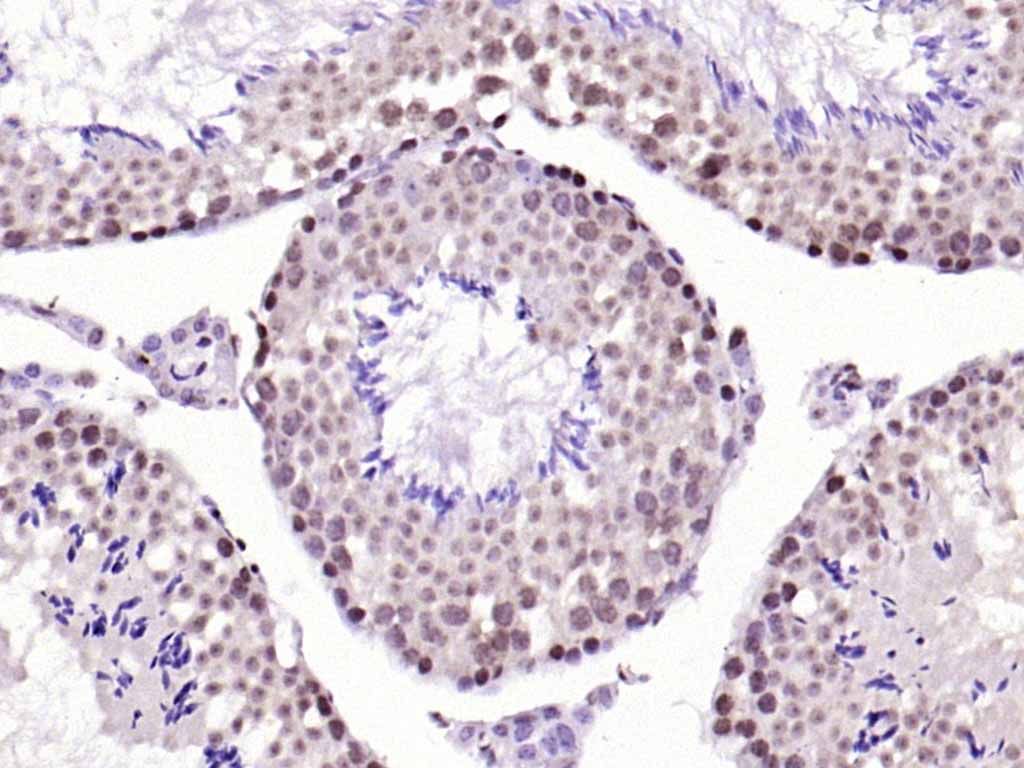
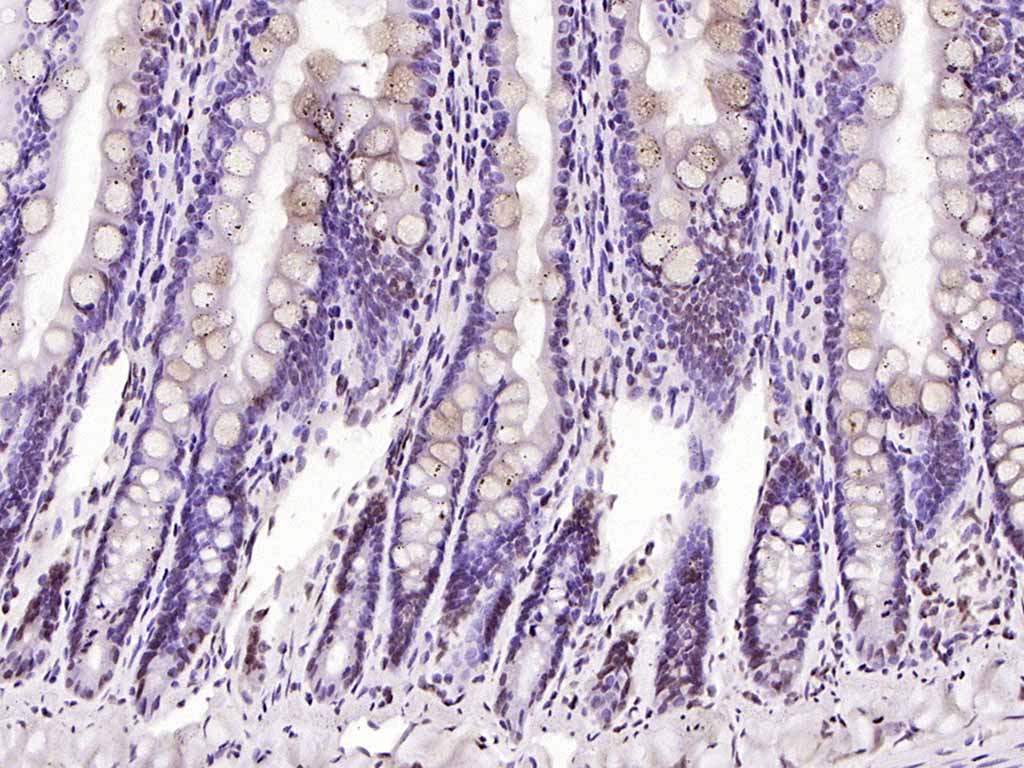
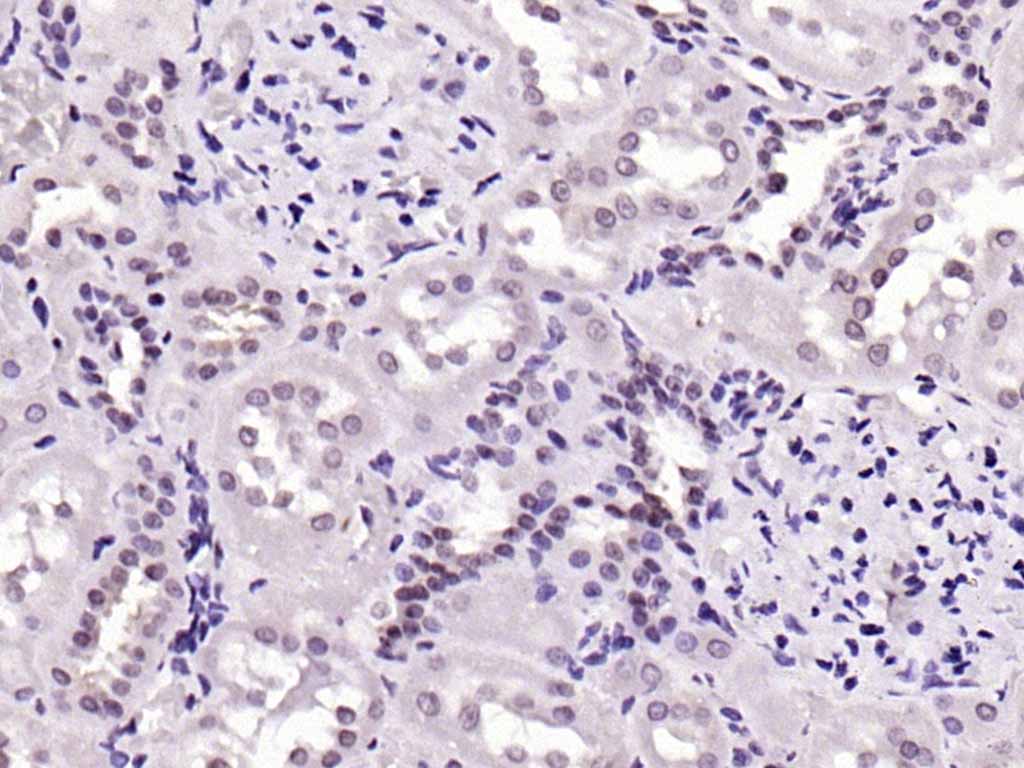
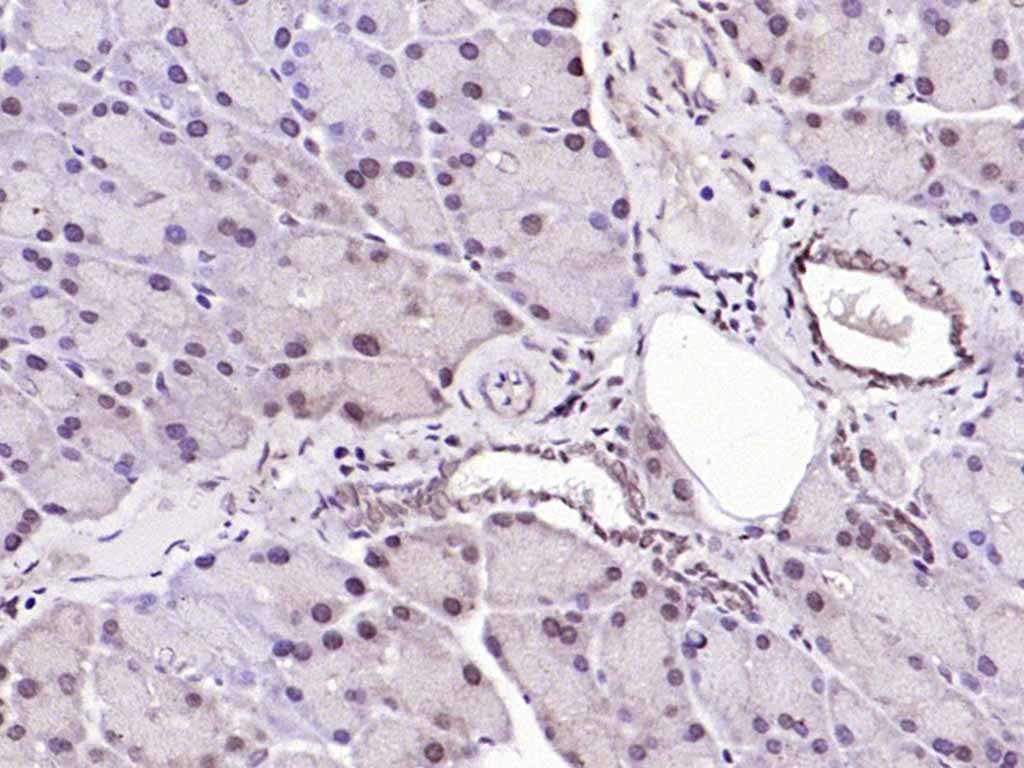
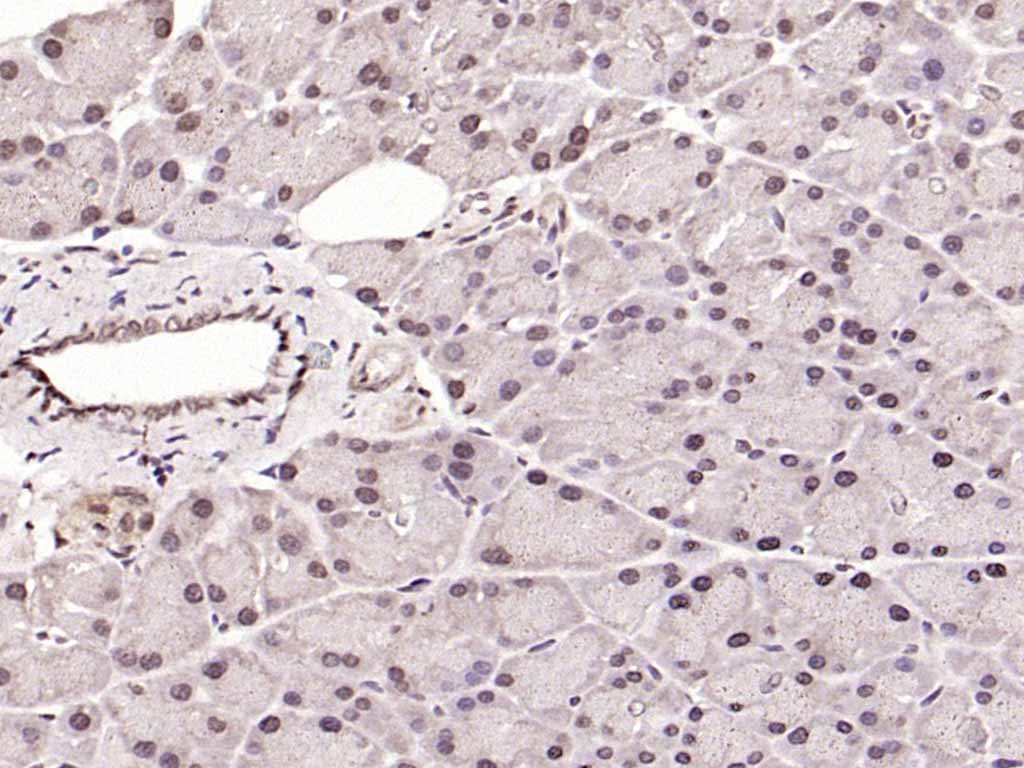


 +86 571 56623320
+86 571 56623320
 +86 18668110335
+86 18668110335

